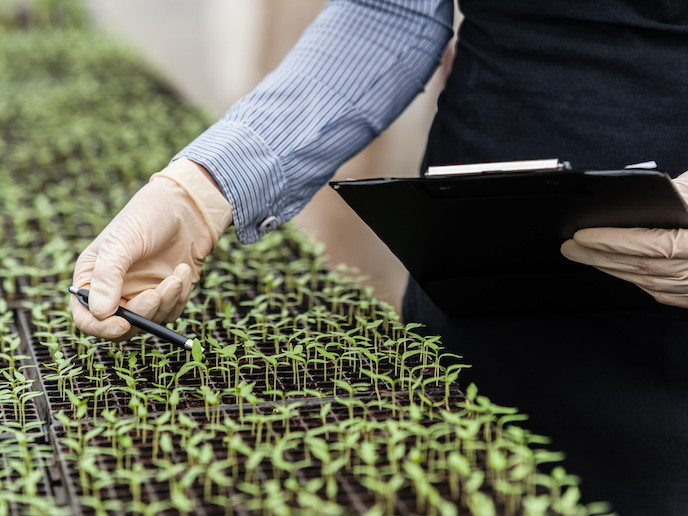Protecting European crops and biodiversity against new diseases and pests
Alien pathogens and pests cause havoc with crops and forests, affecting food security and livelihoods as well as biodiversity and ecosystem services. The EU-funded EMPHASIS project was set up as a broad-based approach for detecting and preventing the threat of invasive alien pests and local pathogens. “Global trade together with climate change is really affecting the movement of pests, fungi, bacteria and insects which are continually arriving in Europe with plant material and with seeds,” says project coordinator Maria Lodovica Gullino, director of the Centre of Competence for Innovation in the Agro-Environmental Field (AGROINNOVA), University of Turin, Italy. “It is important to have good risk-analysis tools and models to understand the crops most at risk in Europe and the pathogens that can affect them,” Gullino says. Epidemiological models were set up and existing models expanded to predict the arrival of new pathogens, especially alien species which may not be easy to detect in advance. Timely prevention and protection tools, which can reduce the use of pesticides in line with EU environment rules, were also developed. Diagnostic tools Molecular-level diagnostic tools based on the loop-mediated isothermal amplification (LAMP) method were developed to detect specific pathogens based on DNA amplification. “The molecular-based system is very easy to handle – it allows very quick extraction of DNA that can be done in the field, producing the results in just a few minutes,” Gullino says, adding: “This diagnostic method has been developed for many pathogens with tests now available commercially and these are being used by technicians directly in the field.” This greatly reduces the delays encountered while waiting for results of laboratory cultures. “If you have instruments for quick detection, particularly molecular tools, then it becomes a method of prevention because you very quickly detect the pathogen and can reduce the number of direct interventions later on,” she notes. “Under the project, the LAMP-based system was extended in field trials to different pathogens that affect vegetables, cereals and forestry products,” Gullino says. They include stem rust in wheat, downy mildew in basil, stem canker in oilseed rape and several others. Sentinel plants “We were also using sentinel plants – special plants put in the field that are affected very quickly so they can be used for very quick detection of the arrival of many pathogens.” It is a simple system using plants or plots, varieties with resistance or susceptibility and treated or untreated crops, as an early warning system. It is also useful in timing first sprays, thus cutting down on pesticide overuse. Other non-target-specific surveillance approaches included analysis of trapped fungal spores and insects. Metabarcoding using high-throughput DNA-sequencing technology for identification was developed to monitor spore trap samples for fungal pathogens and for monitoring sticky traps to detect spikes in numbers of invasive insects. Other prevention methods included treating seeds, using specialised composts to improve plant health and resistance to disease, soils with microorganisms that reduce the growth of soil-borne diseases and integrated pest management systems. Farmers associations were involved, with experiments conducted at the farm level. “This helps prevention, and also promotion of awareness, and it is a way of helping the new technologies and new management methods developed to be used by more farmers,” Gullino says.
Keywords
EMPHASIS, crops, forestry, environment, climate change, seeds, pests, pesticides, DNA sequencing, fungi, soil, plant pathogens, trade, farmers, DNA barcoding



